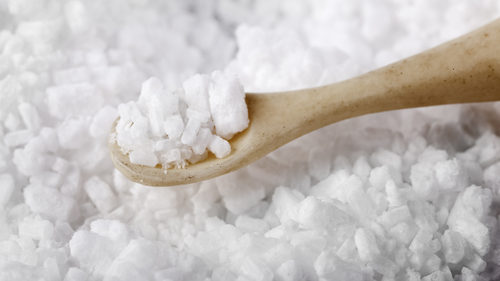Ecstasy, also known as molly or MDMA, is a synthetic psychoactive drug. The United States Drug Enforcement Administration (DEA) classifies ecstasy as a Schedule I Controlled Substance, which is defined as “drugs with no currently accepted medical use and a high potential for abuse.” When an individual habitually abuses any substance, his or her body will become accustomed to functioning with it present, and when the substance is absent it will react accordingly. Detox is a fundamental step in one’s recovery from substance abuse and/ or addiction, as it is the process that rids one’s body of foreign substances. Ecstasy works by affecting the neurotransmitters in one’s brain. When a person that has abused ecstasy suddenly stops, the brain will be unable to properly function as it had become dependent on ecstasy to operate, and withdrawal symptoms will ensue.
Timeline
There are a variety of contributing factors that can affect one’s experience from detoxing from ecstasy and the associated withdrawal symptoms. These can include one’s personal health history, the potency of the substance abused, the length of time the individual abused ecstasy, if the individual simultaneously abused any additional substances, the frequency of use, as well as the presence of any co-morbid disorders. Although the duration of withdrawal symptoms experienced will vary, the general ecstasy withdrawal timeline is as follows:
- 3-6 hours after last dose: withdrawal symptoms such as paranoia, insomnia, confusion, anxiety, irritability and depression may manifest
- Days 1-3 after last dose: extreme ecstasy cravings may occur; withdrawal symptoms such as paranoia, insomnia, confusion, and depression continue, and additional withdrawal symptoms including loss of appetite, and exhaustion may begin
- Days 4-10 after last dose: some of the initial withdrawal symptoms will likely begin to lesson in severity and/ or subside, though depression, ecstasy cravings, difficulty with sleeping, memory and/ or concentration may persist
- Days 11+ after last dose: lingering withdrawal symptoms include depression, ecstasy cravings, difficulty with sleeping, memory and/ or concentration and although for some they will begin to fade these symptoms may take weeks or longer to completely subside
Every individual is different and will have a somewhat unique experience (including a distinct combination of withdrawal symptoms, severity of symptoms and duration of symptoms) when it comes to detoxing from ecstasy. Though the withdrawal symptoms that accompany detoxing from ecstasy are not inherently life threatening, they can cause severe discomfort and the detox process can be quite stressful. In order for an individual to have ample support through the entire detox process, it is recommended for an individual quitting ecstasy to undergo a medical detox.
For Information and Support
If you are concerned for yourself or a loved one in regards to substance abuse and/ or addiction we recommend reaching out for help as soon as possible. If left untreated, substance abuse can result in long lasting and potentially life-threatening consequences. Keep in mind: you are not alone! There is an entire network of professionals that are available to help and support you and your loved one throughout the recovery process. The earlier you seek support, the sooner your loved one can return to a happy, healthy, and fulfilling life.
Please do not hesitate to reach out with any questions regarding our specific program at Haven House Addiction Treatment and/ or general substance abuse and/ or addiction treatment related information. Our highly trained staff is readily available to discuss how we might best be able to help you and your loved one. We can be reached by phone at 424-258-6792. You are also welcome to contact anytime us via email at admissions@hhtxc.com.



